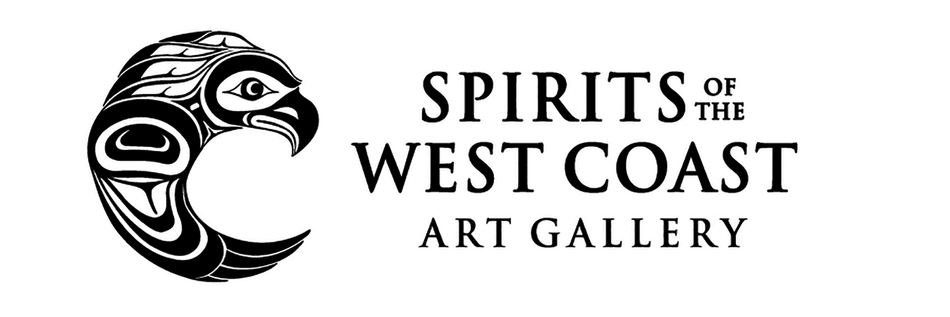
The Alert Bay artist, who started carving at age 15 after being taught by his grandfather, was described in 1977 profile in The Province as a “name to be reckoned with in art circles” for the way he was bringing Kwakwaka’wakw traditions into the modern era. He went on to have his work displayed in galleries around the world, and rubbed elbows with dignitaries like the Queen, prime minister Jean Chretien, Prince Charles and Diana, Princess of Wales, along the way.
In 2013, the Times Colonist reported that Dick walked from the northern Vancouver Island community of Quatsino to Victoria to perform a traditional Kwakwaka’wakw copper-cutting ceremony on the legislature lawn as a symbolic shaming of the federal government.
“The copper is a symbol of justice, truth and balance, and to break one is a threat, a challenge and can be an insult,” Dick said. “If you break copper on someone and shame them, there should be an apology.”
Dick, who was supported by Idle No More organizers, hoped his protest would prompt people to think about protecting the environment and stop the “cultural genocide” against First Nations people.
“He was a prolific artist whose work perpetuated the culture and traditions of the Kwakwaka’wakw people. A man of infinite generosity and tremendous spirit, his loss will be felt throughout many families, communities and nations. We at Reconciliation Canada will keep in our hearts many memories of Beau including his magnificent contribution to the Walk for Reconciliation in 2013 with the design & creation of the start site, stage and masks along the route,” reads a tribute to Dick on the Reconciliation Canada website.
In a 2012 Vancouver Sun profile, Dick gave thanks to the indigenous artists — masters such as Doug Cranmer and Bill Reid — who came before him and passed on their skills.
“I’ve been very fortunate on my path that I’ve spent time with some of the great masters who have been recognized not just in our native world but in what we describe as the white world,” he told reporter Kevin Griffin. “They made an impact and served as a beacon of inspiration for us younger guys and heroes that became famous. Those people were inspirations for us. We wanted to be like them.”




